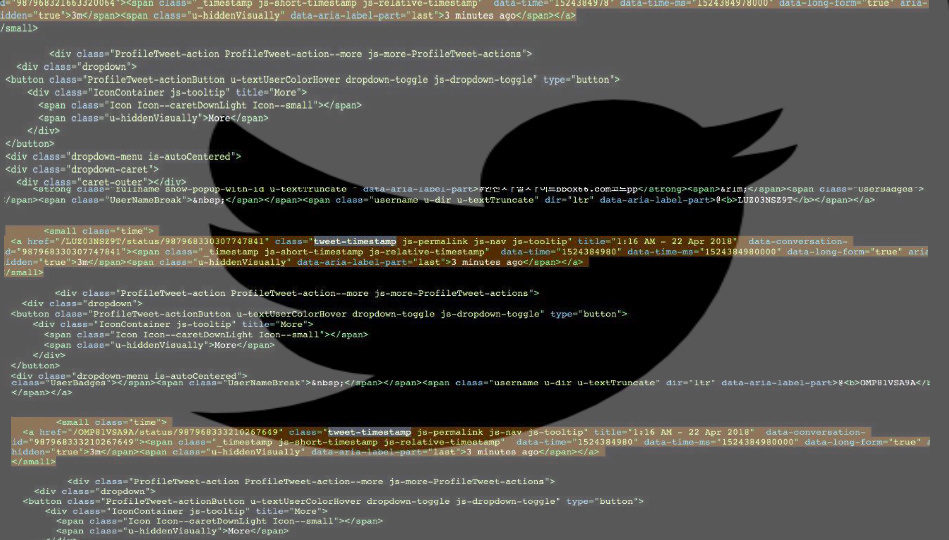After a week of intense scrutiny and speculation about the origins of faceless Twitter accounts that recently began following journalists in Southeast Asia by the hundreds, the company declined to acknowledge anything foul or unusual afoot. Instead, users were left with the impression that Twitter believes the swell in strange accounts to be an expression of the natural ebbs and flows in membership in what the company considers to be a growth region.
While this explanation has been largely dismissed by users who have been bombarded by the bot-like accounts, there are some voices in the Twittersphere who call for more consideration of the company’s explanation. Then again, there are those who believe it’s only a matter of time before Twitter is forced to acknowledge the so-called bots’ artificiality.
READ: Why is Twitter silent on the mysterious Southeast Asian ‘bot’ following?
One piece of evidence that seems to justify Twitter’s lack of urgency about the phenomenon is that fact that some of the accounts in question have actually proven themselves to be human. The exchange below is one example.
Update on the weird Twitter bot story in Southeast Asia: I tried talking to a few of my 100+ fake-looking Cambodian followers and at least a few of them appear to be real people. But they don’t seem to recall following me.
(Or I’m being totally played.) pic.twitter.com/Ww82DntAnl
— Charles Rollet (@CharlesRollet1) April 11, 2018
But if the accounts do belong to real people, why do they all exhibit the same lack of personalization? Why do they follow the same constellations of well-known users in each other their areas?
Below is one theory.
Most likely some popular app or online service made twitter part of their ‘verification’ or ‘onboarding’ procedure. Something similar to https://t.co/xBBG1RGgb0 or https://t.co/pKcEhBY1j1
Or a service moved away from ‘login with facebook.’— Leo Weese 獅 草地 (@LeoAW) April 18, 2018
However, to others who have been affected by the great following, these theories pale in comparison to the hidden truth in the DNA of the strange accounts.
When social entrepreneur Maya Gilliss-Chapman, who has been a leading voice in the call for transparency on this issue, decided to investigate three bot-like accounts that had similar profile photos and the same URL in their bios, she found identical timestamps in their source code, revealing that they all tweeted at exactly the same time.



“[Twitter] should acknowledge that there is at least some layer of automation with these accounts. They should look into these accounts, at least,” she told Coconuts.
Despite the fact that the source code for any Twitter account is accessible to the public, a company spokesperson declined to comment on the individual accounts “for privacy and security reasons” but reiterated that “Twitter takes fighting spam seriously.”
Malicious behavior from the bot-like Twitter users remains to be seen, but, more pertinently, so does a thorough explanation from the company as to which of the above theories, if any, is true.



Reader Interactions